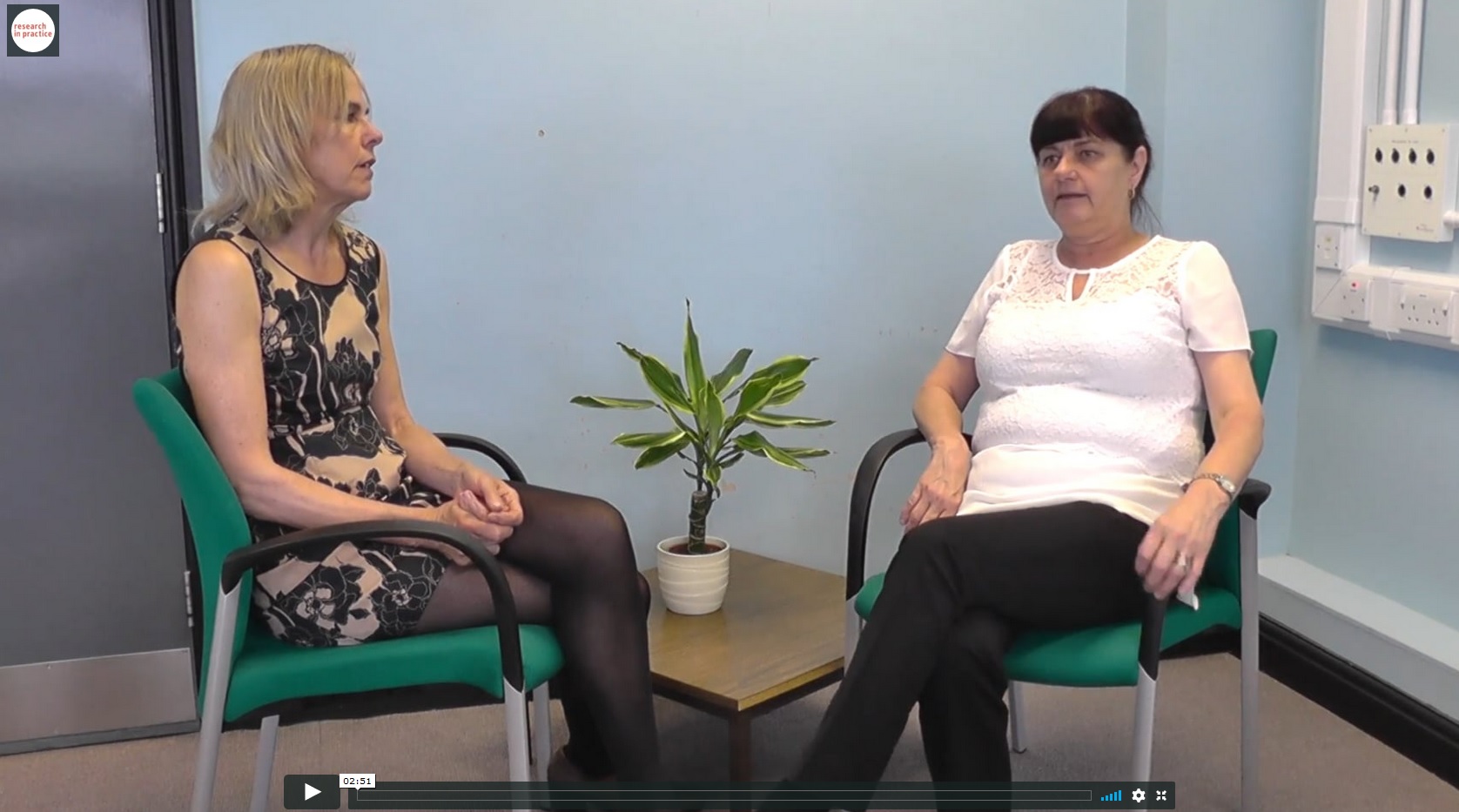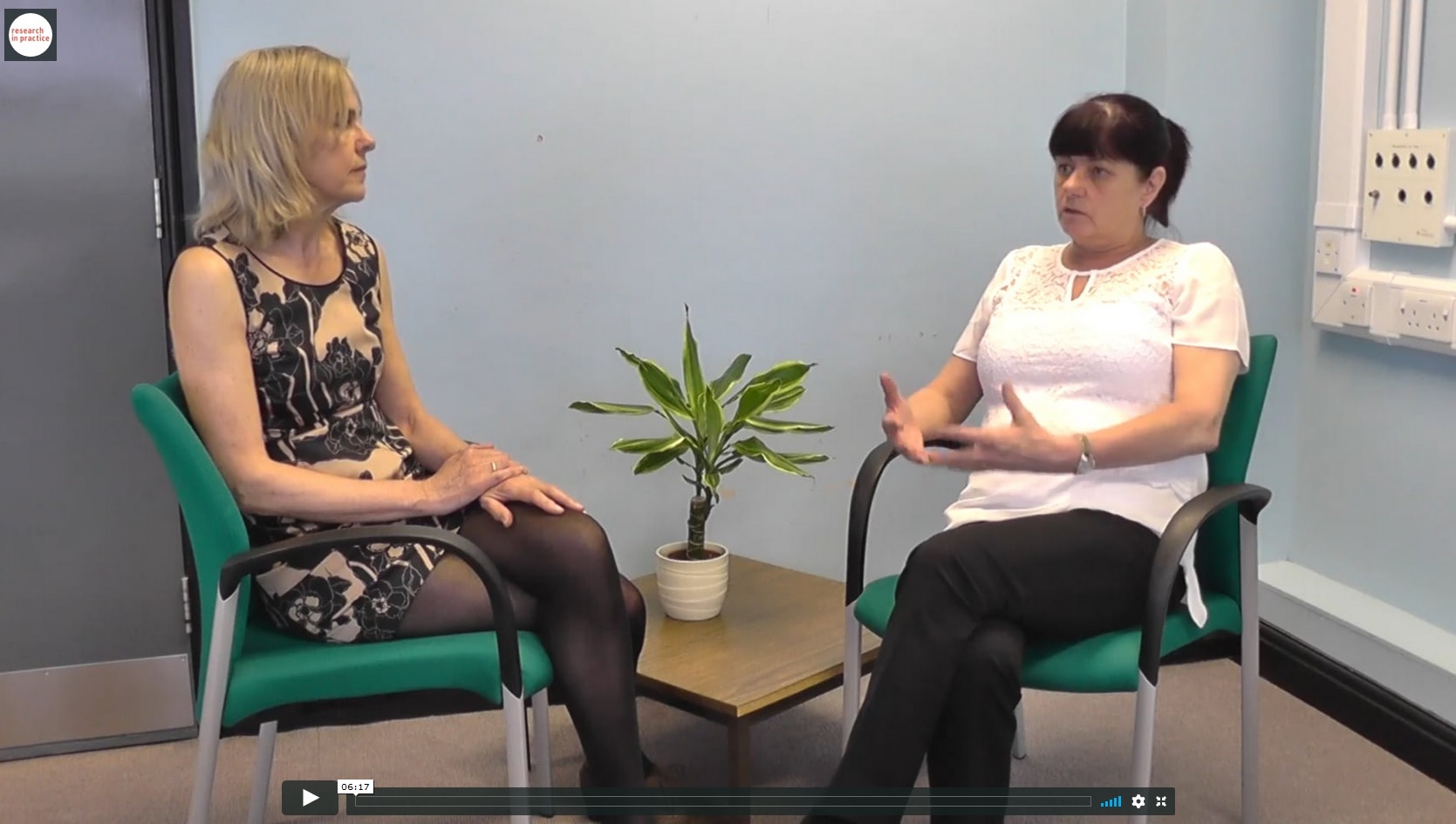Contents
Practice guides
Prompts for professionals on what can help plan and maintain positive contact plans.
- Practice guide: setting up meetings between birth relatives and adoptive parents
- Practice guide: making contact work for young adopted children
Exercises
This section contains an exercise that can be used to consolidate learning. It can be used for individual or team based learning. At the end of the sheet you will find notes highlighting the main learning outcomes for the exercise.
Practice guide: setting up meetings between birth relatives and adoptive parents
Download the PDF (884kB)
In this resource we want to promote key messages from research about the value of face to face post-adoption contact, emphasizing that practitioners and their managers need to build in time to reflect and time to prepare to get things off to a good start. The first meeting between adopters and birth family members can set the scene for successful ongoing relationships, through both direct or indirect contact, which will have a lasting benefit for a child. However this cannot be rushed. We provide some advice for setting up first meetings.
Practice guide: making direct contact work for young adopted children
Making plans for young children
- Contact with birth relatives can work well for young-placed children, especially if they have not lived with the adult or been abused by them. Contact with extended family members such as grandparents is particularly successful
- Young children often need to see their foster carers soon after placement, even if this makes them sad. Support with grieving is an opportunity to build closeness with adopters
- Young children may ask for more contact than they can manage; they need time to settle between visits
What social workers can do to help
- Remember that plans made in court can only ever be provisional – parents are in crisis, new families are anxious, children face an important move – keep reviewing contact
- Set up an early meeting between adopters and birth relatives so that they can get to know each other without the child present. Adopters of young-placed children appreciate the chance to meet birth relatives and this helps them to answer children’s questions
- Involve adopters, birth relatives and children in making and reviewing contact plans and support packages
- Help the adults involved to sort out their roles – who is called Mummy? Who brings the sandwiches? Who does the telling off?
- Be mindful that there are no established social rules for this situation – help adults think through what might be awkward – how do we greet each other? Should I bring a gift?
- Help the adults to think through how to answer the child’s questions and develop a shared script about ‘what the judge decided’
- Allow the adults involved time to talk about their expectations, fears and hopes before visits
- Share important family news (divorce, a new baby, illness) with adults before the contact so that they can prepare the child
- Prepare birth relatives for changes relating to the child – a new haircut, nickname, glasses, change of school – so that they don’t have to manage their response to this during the meeting
- Focus on making the visit enjoyable for the child in terms of timing, venue, activity
- Set up a way for the child to tell you if they have had enough part way through
- Talk to everyone involved about how the visit went and be prepared to review your plan
- Offer emotional as well as practical support
- Listen to the child’s non-verbal communication before, during and after visits
Exercise: understanding the emotional context of direct contact
Download the exercise as a PDF (447KB)
Research messages: contact is for children but is enacted by adults in the context of heightened emotions. There are no social norms for contact visits and birth relatives often feel awkward and uncertain. Help in understanding their role during visits is especially useful. If social workers and contact supervisors are able to empathise with the adults involved and provide some emotional support, visits are likely to go better for children. Professional support during contact can help to build and improve relationships.
This exercise is suitable for: individual learning; discussions in team meetings, training for social workers, contact supervisors, foster carers, kinship carers and adopters.
Read the Mikey Maddox case study. Consider the following questions.
- How might Drew feel about coming to contact?
- How might Leanne feel?
- How might Mikey’s foster carers feel?
- How might Mikey feel?
Thinking about the information provided:
- How does this help or hinder?
- How could it be improved?
- What might a contact agreement say that could help everyone feel more comfortable?
Thinking about support:
- What support might the parents and foster carers need?
Thinking about long term plans:
- To what extent do the current contact arrangements provide a useful basis for making long term contact plans?
- If Mikey is not returned to the care of either of his parents, what work might you want to do to support contact before you draw up a contact plan?
Notes for trainers
The aim of this exercise is to highlight the strong feelings of being judged, loss, helplessness and anxiety that contact can arouse for all of the adults, particularly when relationships between them are poor. It also highlights the ways in which written information can be punitive or supportive. Mikey is having a high level of contact and reducing this might help to improve the quality of contact. A welcoming venue and consistent supervisors will benefit everybody. Providing emotional support to both parents before, during and after visits might also help. Leanne might need a chance to talk about how she feels about Mikey growing up and wanting to play independently more. Positive feedback for Drew and the opportunity for him to get more involved in practical care (such as a shared mealtime) could build his confidence and inform assessment. An opportunity for birth relatives and foster carers to chat at the beginning or end of contact could provide reassurance for everybody.
Families’ experience of direct contact
An adoptive mother and birth grandmother discuss their experience of direct contact and the practical aspects of meeting.
Birth relative and adopter on meeting each other for the first time
In this clip a birth grandparent and an adoptive mother discuss the experience of meeting each other. The grandmother talks about her hopes and concerns with the adoption process and how meeting the adoptive family helped her.






